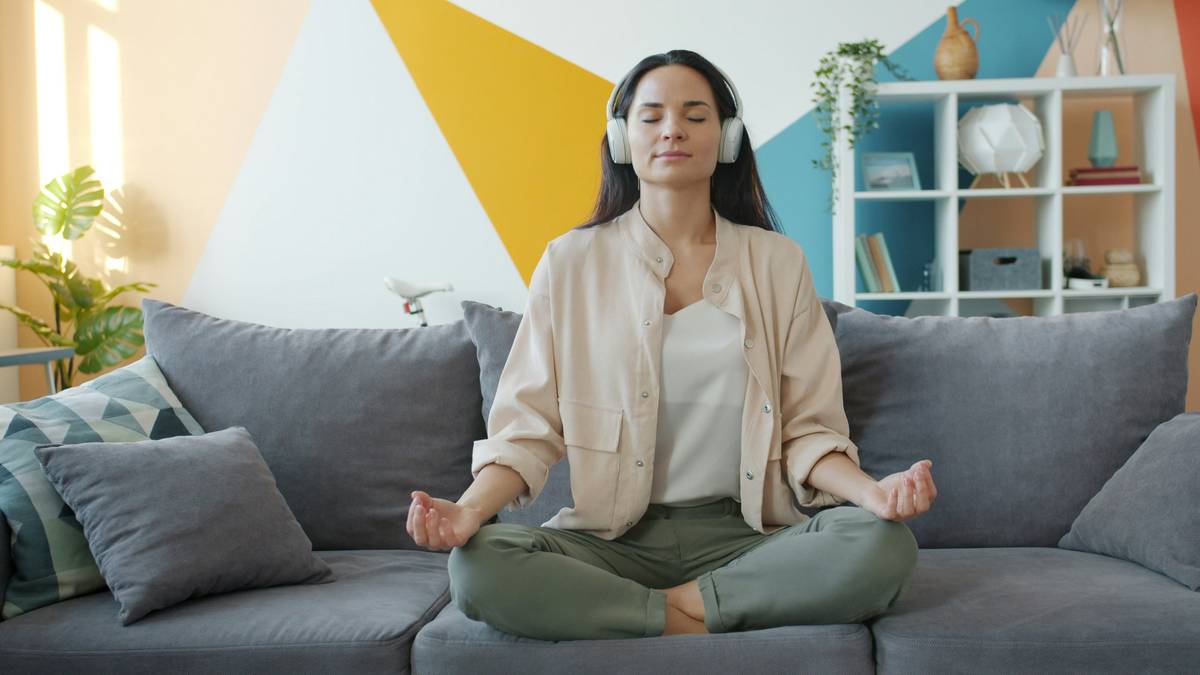“Ever felt like your stress levels are running higher than a toddler on a sugar rush? You’re not alone. In fact, studies show that chronic stress affects 77% of people, leading to burnout and mental health struggles.”
In this ultimate guide, we’ll explore actionable take-a-break methods—backed by science and tech—that can help you regain control of your mental wellness. Whether it’s through stress management apps or simple habits, you’ll walk away with tools to recharge. Here’s what’s coming up:
- Why taking breaks is non-negotiable for mental wellness.
- Step-by-step strategies using the best take-a-break techniques.
- A rant about over-glorified hustle culture (spoiler alert: it sucks).
- Real-life success stories from everyday warriors like you.
Table of Contents
- Why Taking Breaks Is Non-Negotiable
- The Ultimate Guide to Take-a-Break Methods
- Pro Tips for Using Stress Management Apps
- Real-Life Examples of Effective Break Strategies
- FAQs About Stress Relief Techniques
Key Takeaways
- Short, regular breaks improve focus and productivity.
- Apps can enhance your “take-a-break” routine with guided exercises and mindfulness practices.
- Prioritizing downtime isn’t lazy—it’s essential for long-term performance.
- There’s no one-size-fits-all approach; experiment to find what works for YOU.
Why Taking Breaks Is Non-Negotiable: The Science Behind Pause

“Optimist You:” “I don’t need breaks—I thrive under pressure!”
“Grumpy You:” “Yeah, until you collapse into an emotional puddle at 9 p.m., crying over unread emails.”
Let’s be real—our brains weren’t built to function 24/7 without rest. Research shows that prolonged periods of stress shrink the hippocampus, the part of the brain responsible for memory and learning. On top of that, cortisol floods your system, leaving you anxious and exhausted.
But here’s the good news: even small pauses throughout your day can reset your stress response. It sounds like hitting snooze after five hours of sleep—not perfect but life-saving.
The Ultimate Guide to Take-a-Break Methods
Step 1: Set Boundaries Like Your Sanity Depends On It (Because It Does)
I once scheduled back-to-back meetings for eight straight hours because I didn’t want to seem “unproductive.” Spoiler: I ended the day unable to remember half of what was discussed. Lesson learned? Block time for breaks just as fiercely as you block time for work.
Step 2: Try Micro-Meditations (It’s Not As Woo-Woo As It Sounds)
Headspace and Calm offer bite-sized meditations, perfect for those who scoff at hour-long retreats. Even better? There are options tailored specifically for workplace stress—a true chef’s kiss for frazzled professionals.
Step 3: Get Moving (Even If It’s Just Stretching)
A brisk 10-minute walk around the office or a quick stretch session at your desk gets blood flowing again. My favorite fail? Trying yoga poses in heels during a Zoom meeting… let’s just say chair pigeon pose did NOT go well.
Pro Tips for Using Stress Management Apps
- Customize Notifications: Apps like Forest gamify staying off your phone, planting virtual trees when you stay focused.
- Mix It Up: Don’t stick to one app. Experiment with different features—from breathing exercises to sleep tracking.
- Rant Moment: Stop downloading apps and never opening them. That $9 subscription gathering digital dust? Terrible tip right there.

Real-Life Examples of Effective Break Strategies
Case Study #1: Sarah’s Lunchtime Reset
Sarah, a graphic designer, started dedicating her lunch hour to stepping outside instead of scrolling TikTok. Within weeks, she noticed sharper creativity and less afternoon fatigue. Pro move? She used Happify to journal gratitude while eating al fresco.
Case Study #2: John’s Pomodoro Power-Up
John, an accountant swamped during tax season, adopted the Pomodoro Technique paired with Insight Timer breaks. Twenty minutes of meditation between client calls? Revolutionary.

FAQs About Stress Relief Techniques
Q: How often should I take a break?
A: Every 90 minutes is ideal, mimicking natural energy cycles called ultradian rhythms.
Q: What if my boss doesn’t approve of breaks?
A: Frame it as boosting efficiency. Studies show short breaks increase overall output!
Q: Do I really need an app to remind me to breathe?
A: Not necessarily, but apps track progress and keep accountability strong—like having a pocket cheerleader.
Conclusion
Taking breaks might feel indulgent in our always-on world, but trust me—it’s essential. By mastering these take-a-break methods and leveraging stress management apps, you’re investing in your future self. Remember:
“Press pause today so tomorrow feels less like a rewind.”
And now, a bonus haiku for you:
Busy mind quiets, Ten deep breaths later, peace reigns— Stress melts like butter.


